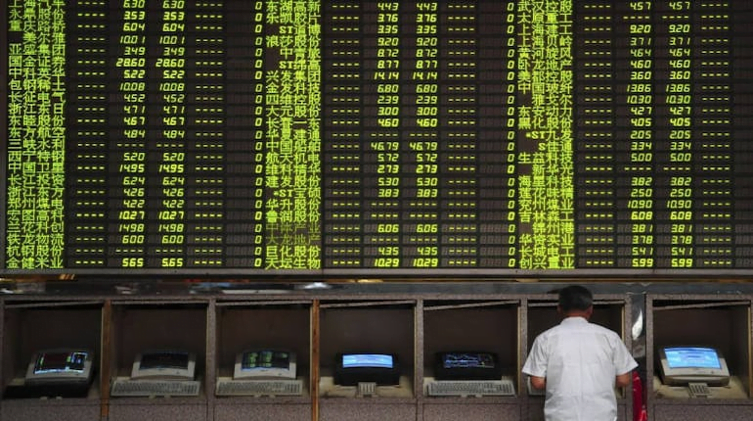For retail investors intending to purchase bonds in lot size of say few lakh rupees, when there is no primary issue available or the primary issue is not matching up to the risk-return profile expected, one should go for purchases in the secondary market.
For fixed income oriented investments, the preferred avenue is mutual funds. For direct investments in bonds, it is advisable to invest in tax-free bonds as these are more liquid and yields are attractive. However, the investor should be aware of the options on the table, to take an informed and judicious decision. In this article, we will discuss the options for direct investment in regular taxable bonds. Taxable bonds with attractive yields and decent credit quality are particularly suitable for tax-free investment entities (e.g. tax-free Trusts) and companies subject to MAT rate of taxation. The reason is, the ‘pre-tax equivalent’ for a tax-free bond at a tax rate of say 30% is approx 6.15% /(1-30%) = 8.79% whereas at a tax rate of say 20%, it is 6.15% /(1-20%) = 7.69%.
The secondary market being wholesale and less liquid, trades happen mostly on the ‘phone market’ i.e. transactions are negotiated and finalized over phone with bond dealers. The size of these trades are in HNI lots, mostly upwards of Rs 1 crore. It may be in lot size of less than Rs 1 crore also, if the client is an HNI. For retail size investments, primary market is a suitable route as investments can be made in retail as well as HNI lots. The limitation of the primary route is that it is subject to availability, as and when an issuer comes up with a bond issue.
For retail investors intending to purchase bonds in lot size of say few lakh rupees, when there is no primary issue available or the primary issue is not matching up to the risk-return profile expected, one should go for purchases in the secondary market. The process of purchasing a bond from the secondary market, from the investor’s perspective, is similar to purchase of a tax-free bond. S/he has to have a trading account with a stock-broker and place the purchase instruction. There are bonds listed in the NSE capital market segment and BSE debt market segment, and as per the client instructions, the broker will execute the purchase / sale order.
The bond market is not as liquid as the equity market and the purchase / sale order may not be executed the same day as you place it. The investor has to be patient and repeat the order next day. The segment that is relatively more liquid in the secondary market for bonds is tax-free PSU bonds. Next in terms of liquidity are other (i.e. taxable) AAA rated bonds. Bonds rated less than AAA have relatively low liquidity and it is here that the investor needs to be patient. The lack of liquidity in the secondary market is one of the reasons Mutual Funds is the preferred route for debt investments.
The arguments in favour of direct bond investments vis-à-vis the Mutual Fund route are (a) saving of costs: in mutual fund the recurring management expenses are charged every year whereas in bonds it is a one-time transaction cost, which also is on the lower side and (b) matching of investment horizon with maturity of the instrument. In mutual funds, FMPs come with a defined maturity date but the tenure is mostly 3 years or little more than 3 years. In direct exposure to bonds, the investor can do ‘laddering’ of maturity as per cash flow requirements at tenures of say 2 years, 4 years, 6 years, 8 years and so on. To achieve this, you have to purchase bonds of desired maturities.
The credit risk of bonds has to be kept in mind while investing. Either it should be rated AAA or if it is a less-than-AAA rated bond, the issuing corporate should have goodwill to evoke confidence. It is advisable to stick to bonds rated AA and above from the credit risk perspective. A rated bonds also are investment grade, which is defined as BBB and above, but go for an A rated bond only if you are sure about the goodwill of the Issuer.
For wholesale market lots, which is more than Rs 1 crore, the negotiated yield level for the deal would be more or less in line with prevailing yield levels in the market. In retail lots illustrated above traded at NSE and BSE, which is in Rs lakhs, yield levels may be higher, depending on the desperation of the seller. The yield levels in the table are higher by approx 25 basis points (0.25%) than comparable levels in the institutional market. Sometimes the yield differential is even higher and savvy investors have to monitor the websites of NSE & BSE to avail of such opportunities. To be noted, for retail lots at NSE and BSE, the quoted price includes the accrued interest, which is referred to as ‘dirty price’ whereas in wholesale deals, the ‘clean price’ and accrued interest is calculated separately.


